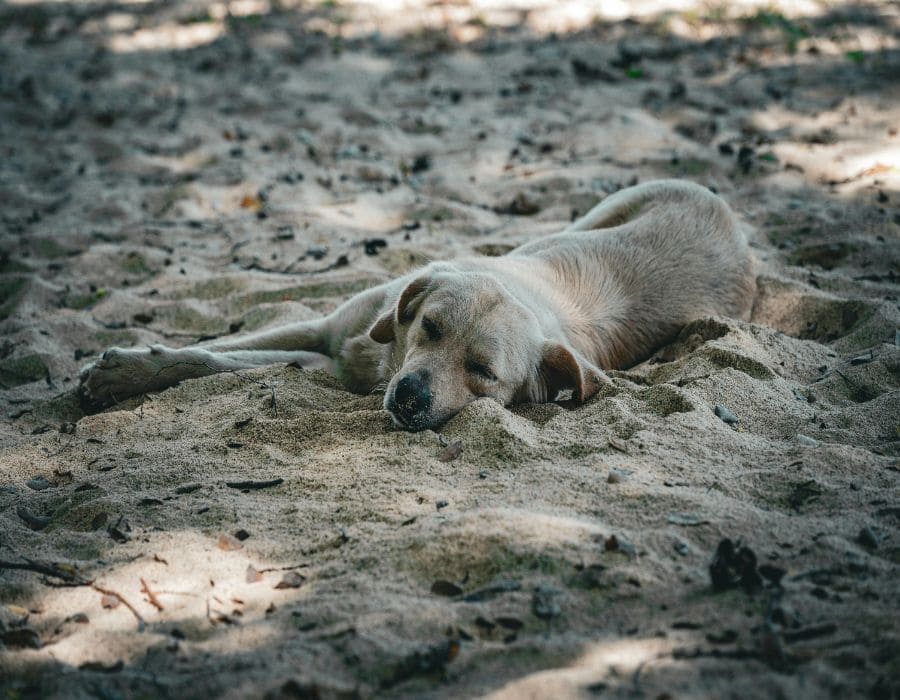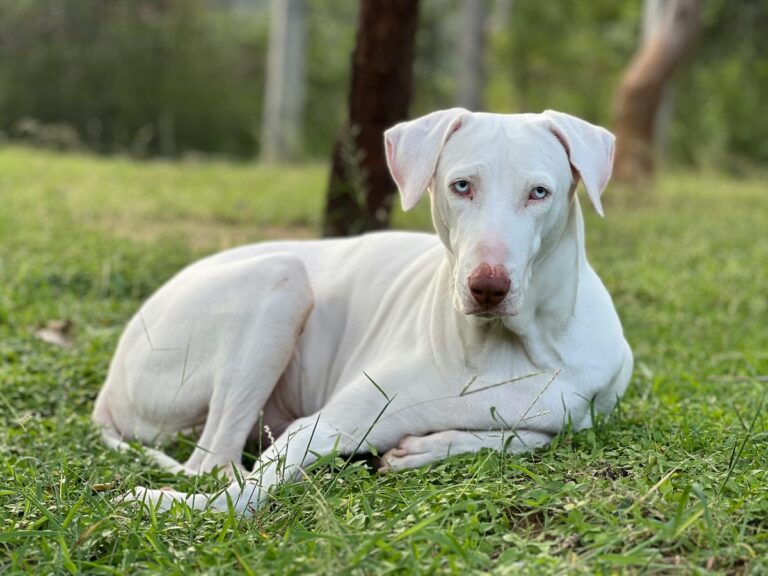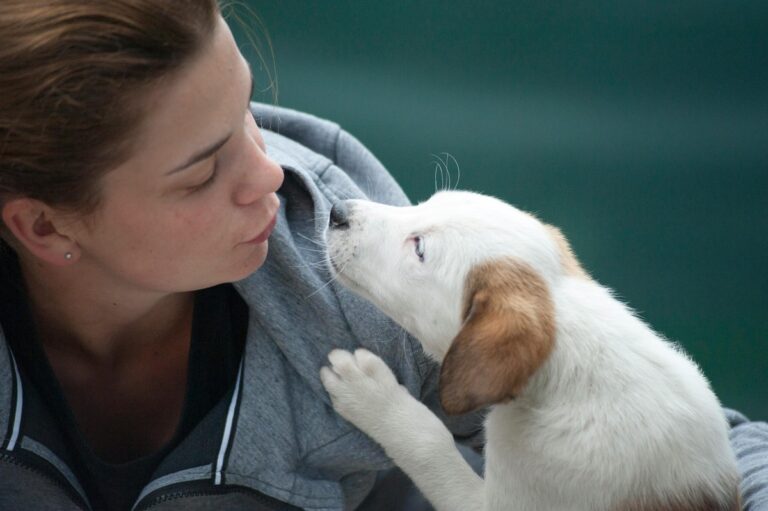11 Fascinating Things Your Dog Does While Sleeping
Dogs spend an astonishing portion of their lives asleep—far more than their human companions. Adult dogs clock anywhere from 12 to 14 hours of shuteye daily, while puppies can snooze up to 20 hours. But what happens during all those hours of canine slumber?
The answer reveals a fascinating world of twitches, barks, and peculiar positions that tell us more about our four-legged friends than one might expect. Discover how ancient instincts and domestication shape these whimsical nocturnal behaviors in our furry friends.
Dream Running: More Than Just Cute Twitches

Those adorable paw movements aren’t random muscle spasms. Brain imaging studies reveal something far more intriguing: dogs actually replay their daily adventures during REM sleep. The same neural pathways light up whether a dog is physically chasing a ball or merely dreaming about it. Some particularly active sleepers even paddle all four legs, as if swimming through their dreamland adventures.
Sleep-Woofing

Ever heard a sleeping dog produce the softest, strangest little barks? These sleep vocalizations often sound nothing like their usual alert barking. Sometimes it’s just a gentle “woof,” other times it’s an entire conversation with imaginary dream companions. The really interesting part? Some dogs make entirely new sounds during sleep that never appear in their waking vocabulary.
The Great Belly-Up Position

Nothing says “I’m completely at ease” quite like a dog sleeping belly-up, paws pointed at the ceiling. This seemingly vulnerable position serves multiple purposes. Sure, it helps with temperature regulation, but more importantly, it represents the ultimate display of security. Only dogs feeling absolutely safe in their environment expose their most vulnerable parts while sleeping.
Pack Mentality Persists in Sleep
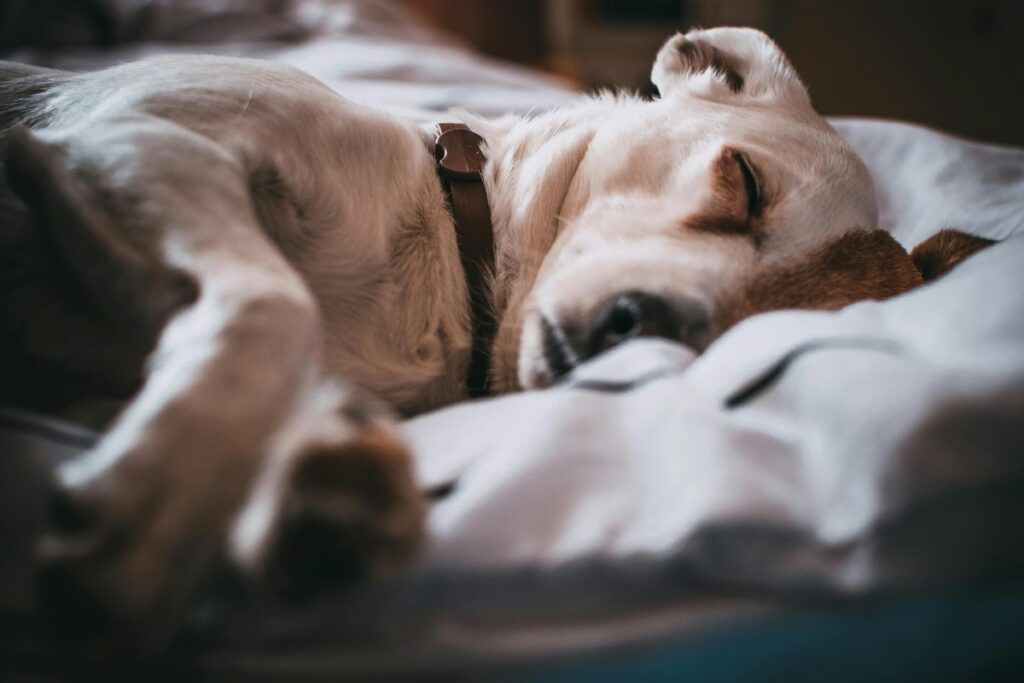
Here’s something fascinating about multi-dog households: the dogs often fall into synchronized sleep patterns. One dog’s shift to lighter sleep frequently triggers the same in others—an unconscious security system inherited from their wolf ancestors. Even in the safest modern homes, this ancient survival mechanism persists.
The Mysterious Sleep Startle

Those sudden jerks that happen just as a dog drifts off? Scientists call them hypnic jerks, and they’re not unique to dogs. These involuntary twitches occur when the brain’s motion sensors remain partially alert while the rest of the nervous system powers down. Some researchers think it might be a leftover survival mechanism from tree-sleeping ancestors. Pretty wild theory for our ground-dwelling pups.
When Dreams Get Too Real

Occasionally, dogs display unusually intense sleep behaviors—attempting to physically act out their dreams. While rare, this REM behavior disorder offers fascinating glimpses into canine brain function. These dogs might stand up, walk around, or interact with dream objects that aren’t there. It’s like watching a furry sleepwalker acting out their own private movie.
The Defensive Curl

That tight little ball some dogs curl into while sleeping? Pure survival instinct. This position protects vital organs and conserves body heat—a behavior straight out of the ancient canine playbook. Nervous dogs or those in new environments often default to this position. Even pampered pooches who’ve never known danger instinctively curl up when feeling uncertain.
Dream Dining
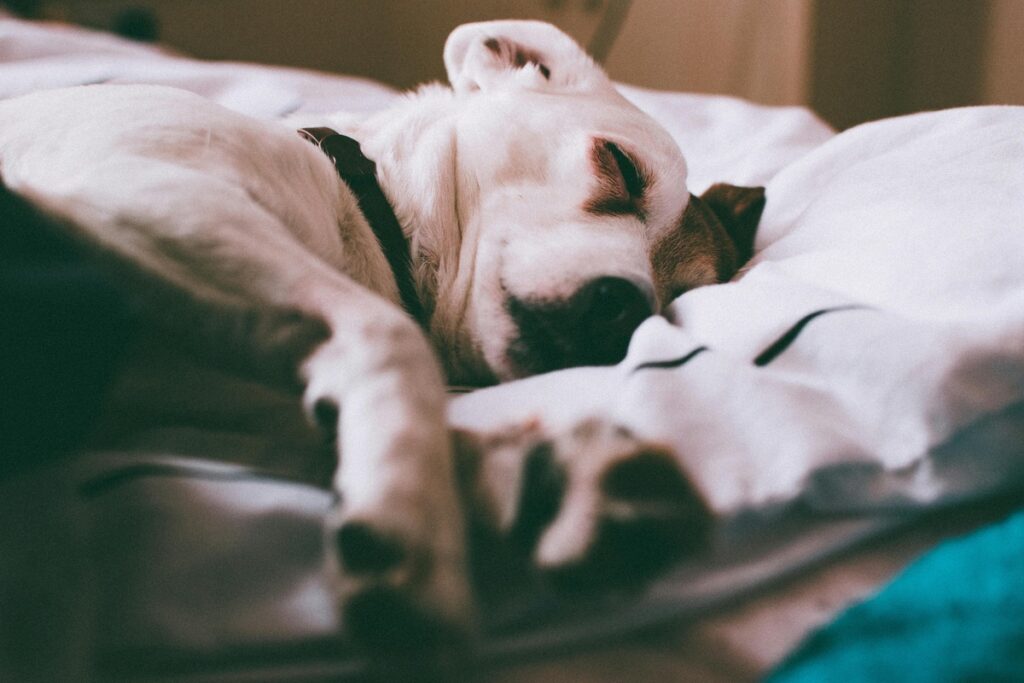
Sometimes sleeping dogs make the most peculiar mouth movements—gentle smacking, licking, even full-on chomping motions. Brain scans show increased activity in the regions responsible for smell and taste during these episodes. Apparently, dogs can have food dreams just as vivid as humans do. Though probably with fewer chocolate cakes and more bacon.
The Eternal Bed-Making Ritual

Watch any dog prepare for sleep, and you’ll likely witness an elaborate performance of circling and phantom digging. This compulsive behavior persists even on memory foam beds and perfectly smooth surfaces. It’s a charming reminder that somewhere in that domesticated brain, ancient instincts still drive the need to create the perfect sleeping spot.
Temperature-Driven Sleep Positions

Dogs are masters of thermoregulation through sleep positions. The sprawled-out “superman” pose signals overheating, while the tight “croissant” curl indicates cold. Most impressive? They make these adjustments without fully waking, demonstrating remarkable unconscious body awareness.
The Universal Morning Stretch

That elaborate post-sleep stretching routine—the one yoga enthusiasts borrowed and named “downward dog”—follows an almost identical pattern across all breeds. This hardwired behavior sequence helps reset muscle tension and circulation after long periods of stillness. Even the tiniest Chihuahua and the largest Great Dane perform essentially the same wake-up routine.
Final Thoughts
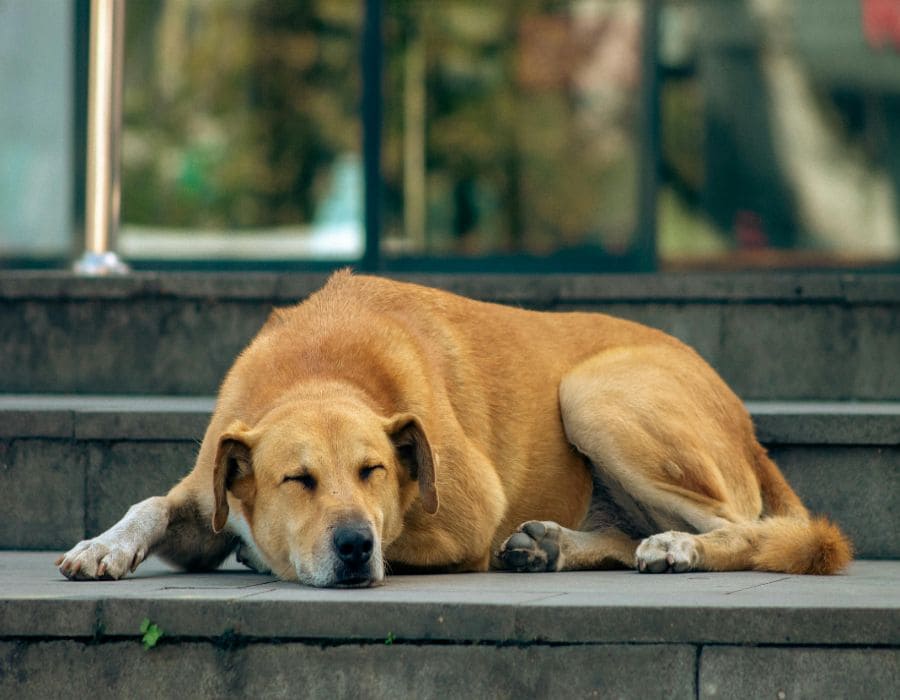
These sleep behaviors reveal complex interactions between ancient instincts and modern domestic life. While some aspects of canine sleep remain mysterious, these nighttime activities offer fascinating glimpses into dog consciousness. From their vivid dreams to their unconscious behaviors, sleeping dogs demonstrate sophisticated mental processes even in their most vulnerable states.

